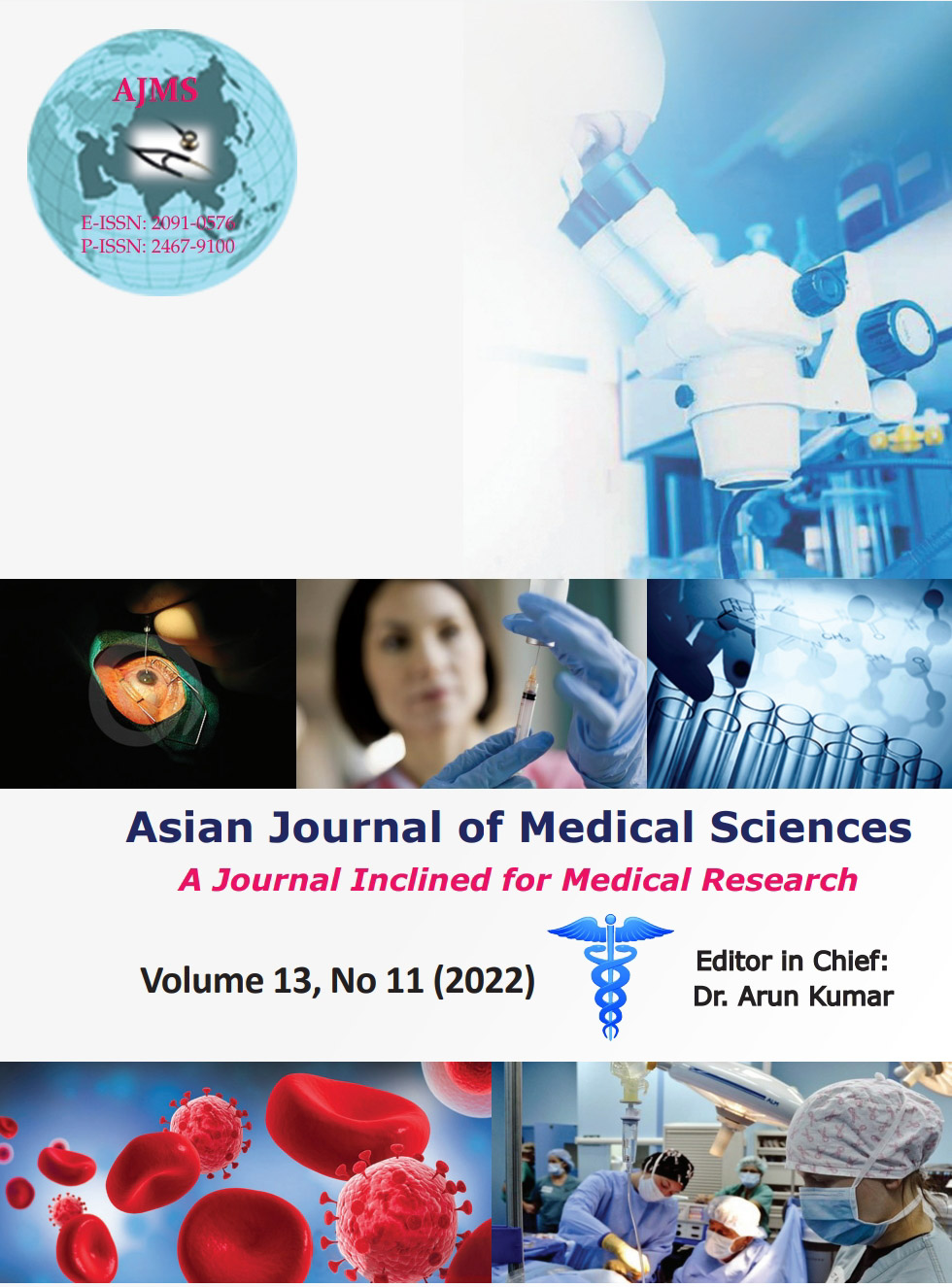Diagnostic utility of endoscopic duodenal biopsies and histopathological finding in upper gastrointestinal diseases: A 2-year analysis
Keywords:
Endoscopy; Biopsy; Histopathological examination; Adenocarcinoma; DuodenitisAbstract
Background: Diseases of gastrointestinal (GI) tract present wit myriad signs and symptoms. Appropriate management of these diseases involves proper evaluation. Upper GI endoscopies are becoming increasingly popular because it helps in first localizing the lesion and then biopsy specimens can be obtained from affected area. Duodenal biopsy followed by histopathological examination may clinch the diagnosis in majority of the cases.
Aims and Objectives: The aim of the study was to find out diagnostic utility of endoscopic duodenal biopsies and histopathological finding in the upper GI diseases. (1) To analyze duodenal endoscopic biopsy samples obtained from patients presenting with the upper GI symptoms. (2) To correlate endoscopic and histopathological findings in studied cases.
Materials and Methods: A retrospective and prospective observational study was carried out at the private histopathology center over a period of 2 years. All the patients underwent upper GI endoscopy with duodenal biopsies using flexible endoscope. Histopathology of the samples obtained from endoscopic duodenal biopsies in patients presenting with the upper GI symptoms were analyzed. The endoscopic findings such as mass lesion or ulcerative lesion were correlated with histopathological findings.
Results: Out of these 704 biopsies, 303 (43.04%) were esophageal biopsies, 220 [31.25%] were gastric, and 181 [25.71%] were duodenal biopsies. There were 129 (71.27%) males and 52 (28.73%) females with a M: F ratio of 2.5: 1. The mean age of the cases was found to be 54.7±12.32 years. Out of 181 biopsies which were performed in this study, 100 (55.25%) lesions were found to be having neoplastic etiology whereas 81 (44.75%) lesions were found to have non-neoplastic etiology. Among patients who were found to have duodenal growth on endoscopy well differentiated adenocarcinoma (15.47%) followed by moderately differentiated adenocarcinoma (6.63%) were the common pathologies. In cases of non-neoplastic etiology, non-specific duodenitis was most common pathology (17.13%).
Conclusion: Endoscopic biopsy followed by histopathological examination is cornerstone of the management of patients presenting with intractable upper GI symptomatology.
Downloads
Downloads
Published
How to Cite
Issue
Section
License
Copyright (c) 2022 Asian Journal of Medical Sciences

This work is licensed under a Creative Commons Attribution-NonCommercial 4.0 International License.
Authors who publish with this journal agree to the following terms:
- The journal holds copyright and publishes the work under a Creative Commons CC-BY-NC license that permits use, distribution and reprduction in any medium, provided the original work is properly cited and is not used for commercial purposes. The journal should be recognised as the original publisher of this work.
- Authors are able to enter into separate, additional contractual arrangements for the non-exclusive distribution of the journal's published version of the work (e.g., post it to an institutional repository or publish it in a book), with an acknowledgement of its initial publication in this journal.
- Authors are permitted and encouraged to post their work online (e.g., in institutional repositories or on their website) prior to and during the submission process, as it can lead to productive exchanges, as well as earlier and greater citation of published work (See The Effect of Open Access).




